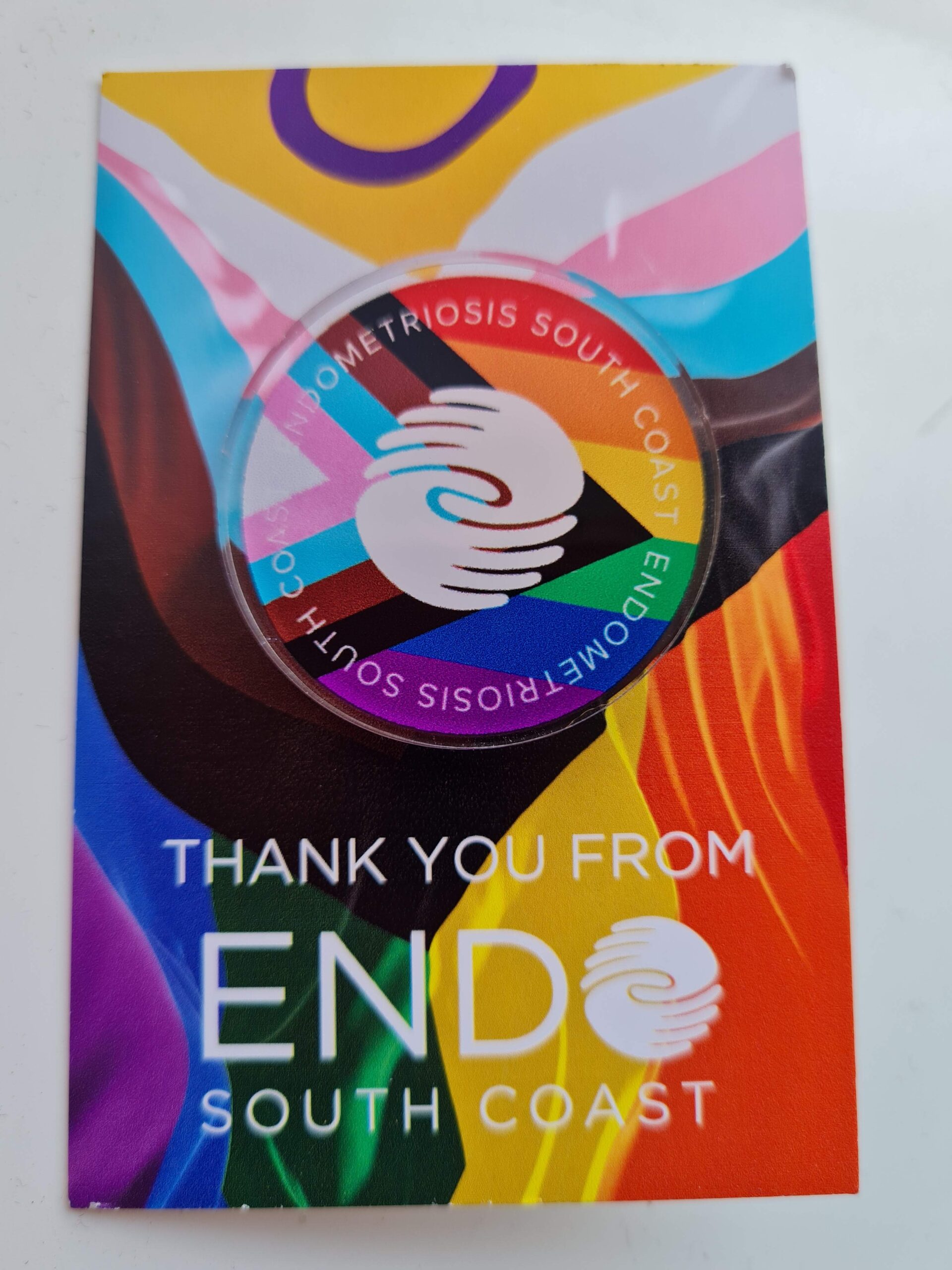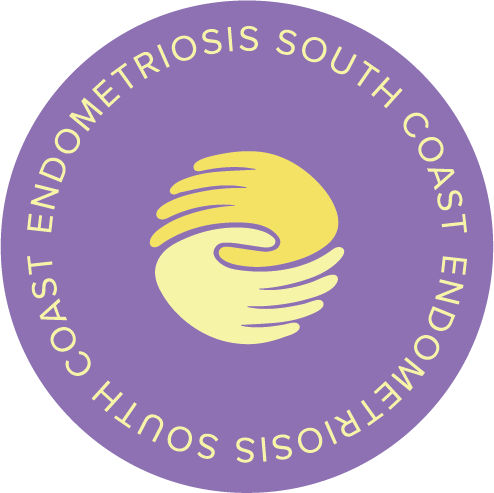
Endometriosis in the gender non-conforming population is a highly stigmatised and scary area of diagnosis and treatment.
“Whether biologists and medical experts have focused on sex-determining molecules, chromosomes, hormones, or internal or external genitalia, it has not been possible to agree upon a categorical definition” of sex because it is already entangled with socially agreed upon sex-related categories”
Fausto-Sterling & Sanz frame biological sex as
“a circular network that reproduces itself precisely because it has no clear referent”, meaning that there is no clear-cut definition of sex or gender they are intertwined bodily traits (Fausto-Sterling, 2000)
And focussing research and treatment plans on gendered constructs is not progressing either research or treatment.
The paternalistic categorising of endo as a cis woman’s disease has resulted in treatments that target the internal reproductive system which ignores other systems and sites of impairment, such as the bowel, diaphragm, lungs and bladder, despite the fact that pregnancy and menopause are not effective treatments (Jones, 2016).
The vast majority of writing on endo overlooks the fact that endo is not a condition that only effects women.
Sociologist Kate Seear frames endo as “perhaps the only global epidemic peculiar to women”.
Cara Jones argues that endo shouldn’t be considered a gynaecological disorder and called a gendered disability. They also document the barriers that trans, and gender non-conforming people face, including having to face ignorance and hostility from clinicians that are supposed to help them.
The gendered language associated with endo is steeped in racialised and heterosexist stereotypes of female passivity.
By using this language it ignores important scientific contributions of feminists Elaine Denny and Dr Annalisse Weckesser and transgender science studies researchers Cara Jones.
Current estimates in the whole population lack confidence due to lengthy diagnosis times and not being investigated fully in the gender diverse and transmasculine populations (van Trotsenburg, Meriggiola & Luikenaar, 2022).
In a study conducted by (Ferrando, Chapman & Pollard, 2021) on 67 trans men who had undergone hysterectomy, endo was histologically confirmed in 1 in 4 or 26.9% of cases which is higher than the 10% that is often quoted.
In their meta-analysis of two studies (Okita et al., 2021) found that the pooled prevalence of endo was 25.14% which is over double what the prevalence is in natal females.
This begs the question of whether endo is higher on a population level in transgender patients, and what the reason is for this. This is something that there is, again as with all areas of endo research, very little research on at the moment.
Gender diverse and Transgender people have significantly greater health disparities than cis-gendered people (Reisner et al., 2019).
This is especially prevalent in gendered conditions, mental health and substance abuse (Fish, 2022). This is why it is so important for more research to be carried out in the gender diverse community.
Much of the treatment for endo can cause gender dysmorphia, as well as some of the symptoms of endo.
Menstruation in itself can be a traumatising experience for transgender people who have admitted to feeling unsafe using the men’s bathroom while menstruating (Defreyne, Motmans & T’sjoen, 2017).
Lunde (2021) tells us how healthcare professionals should be understanding and sensitive to how gender, as opposed to sex assigned at birth, can directly affect clinical practice, and potentially make diagnosis of endo a longer, harder and more traumatising experience for the patient.

